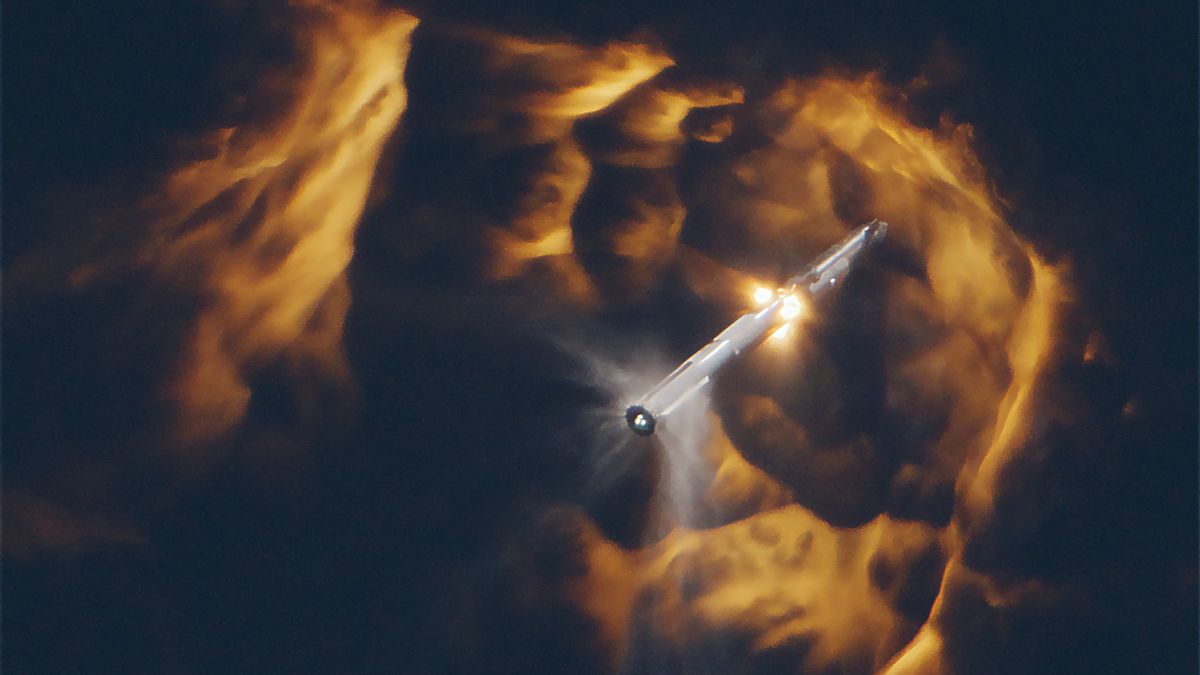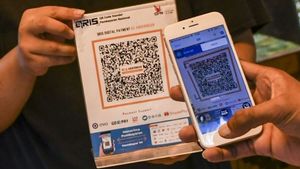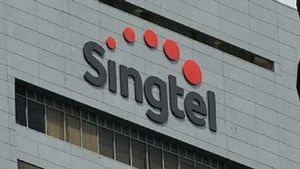JAKARTA - SpaceX's Starship spacecraft, which was developed to take astronauts to the moon, failed in space shortly after takeoff on Saturday, August 18 US time. This failure cut short his second trial but it managed to go further than the previous attempt which also ended in an explosion.
The two-stage rocket blasted off from Elon Musk's Starbase launch site near Boca Chica, Texas, helping propel the Starship spacecraft 90 miles (148 km) above the ground on a planned 90-minute test mission to space and back.
However, the Super Heavy rocket's booster stage, despite successfully executing the crucial maneuver to separate from the Starship core stage, exploded over the Gulf of Mexico moments after breaking away, as shown in a SpaceX live broadcast.
Meanwhile, Starship's core stage launched further into space, but minutes later a company announcer said that SpaceX's mission control center suddenly lost contact with the probe.
Watch Starship’s second integrated flight test → https://t.co/bJFjLCiTbK https://t.co/cahoRQ72lm
— SpaceX (@SpaceX) November 18, 2023
"We lost data from the second stage... we think we may have lost the second stage," said SpaceX engineer and livestream host John Insprucker. He added that engineers believe the automatic flight termination command was triggered to destroy the rocket, although the reasons were not yet clear.
About eight minutes into the test mission, a camera view tracking the Starship booster appeared to show an explosion indicating that the probe had failed at that point. The height of the rocket was 91 miles (148 km).
The launch was the second attempt to launch Starship mounted atop a tall Super Heavy booster rocket, following an attempt in April that ended with an explosive failure about four minutes after liftoff.
The United States Federal Aviation Administration (FAA), which oversees commercial launch sites, confirmed that an accident occurred that "resulted in the loss of the ride," and added that there were no reports of injuries or property damage due to the incident.
The agency said it would oversee an investigation into the test failure by SpaceX and needed to approve SpaceX's plan to prevent similar incidents in the future.
The mission's goal is to launch Starship from the ground in Texas and into space just before it reaches orbit, then dive through Earth's atmosphere to land off the coast of Hawaii. The launch was originally scheduled for Friday November 17 but was delayed one day for a last-minute exchange of flight control hardware.
Starship's failure to achieve all test objectives could be a setback for SpaceX. The FAA needs to review the company's failure investigation and review its application for a new launch license. SpaceX officials complain that such regulatory reviews take too long.
On the other hand, the failure in a program that SpaceX expected to spend about US $ 2 billion (Rp. 30.8 trillion) this year fits with the company's risk-tolerant culture and accepts rapid testing of prototypes to accelerate design and engineering improvements.
"More things were successful than previous trials, including some significant new capabilities," said Carissa Christensen, CEO of space analytics company BryceTech, as quoted by VOI from Reuters.
"There is no money and patience for endless trials, but for a vehicle so different and so big, two, three, four, five trials is not excessive," added Christensen.
A fully successful test would be a key step to achieving SpaceX's ambition to produce a large, multi-purpose spacecraft capable of sending people and cargo to the moon and back to Earth within this decade for NASA, and ultimately going to Mars.
SpaceX's worker safety culture that underlies its rapid development ethos is under scrutiny by lawmakers after a Reuters investigation documented hundreds of injuries at the company's rocket manufacturing and launch sites in the United States.
NASA, as SpaceX's main customer, has a big stake in the success of Starship, which the US space agency hopes will play a central role in landing humans on the moon in the next few years in its human spaceflight program, Artemis, the successor to the Apollo missions.
NASA chief Bill Nelson, who has made competition with China a core requirement for speed in Artemis, said Saturday's Starship test was "an opportunity to learn — then fly again."
اقرأ أيضا:
Musk - SpaceX's founder, chief executive and chief engineer - sees Starship as a replacement for the Falcon 9 rocket that is the backbone of his launch business that already reaches most of the world's commercial satellites and payloads to space.
"Time is ticking," said Chad Anderson, a SpaceX investor and managing partner of venture capital firm Space Capital. "NASA has a timeline where they're trying to get to the moon, and this is their primary vehicle to do that. So SpaceX needs to meet that timeline."
Jaret Matthews, CEO of lunar car startup Astrolabe which has reserved a spot on a future Starship flight, visited SpaceX's Starbase site earlier this year and said he expected the company to quickly resume testing after Saturday's flight.
Although such speeds are expected to be greatly influenced by the FAA review and Starship's technical failure rate.
"They have prepared the next number of vehicles at the factory ready to roll," he said. “I think people will be surprised at the speed with which it appears next year.
The English, Chinese, Japanese, Arabic, and French versions are automatically generated by the AI. So there may still be inaccuracies in translating, please always see Indonesian as our main language. (system supported by DigitalSiber.id)













